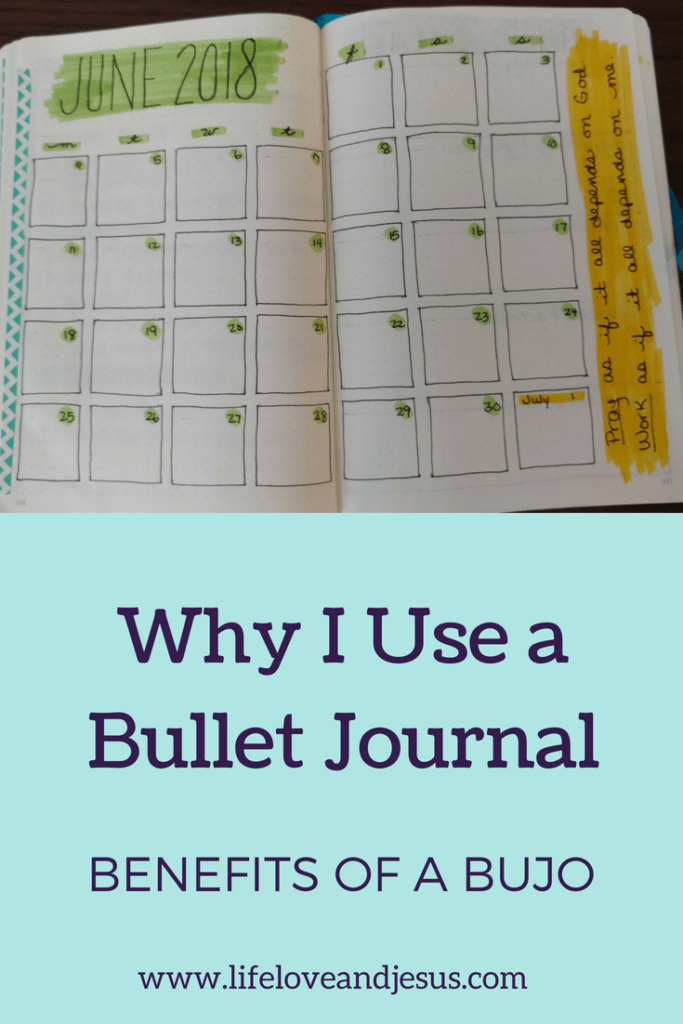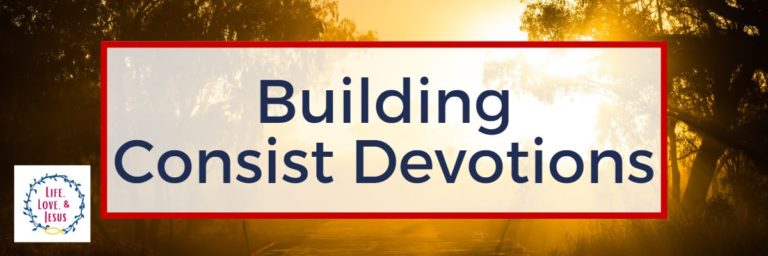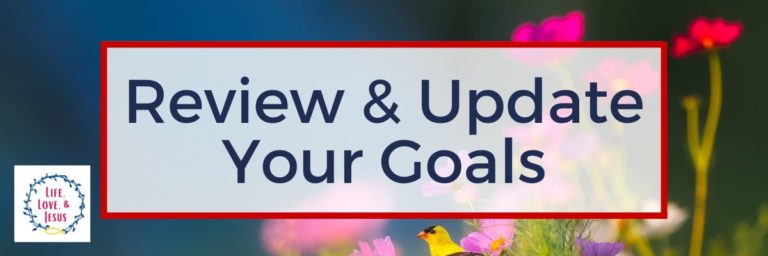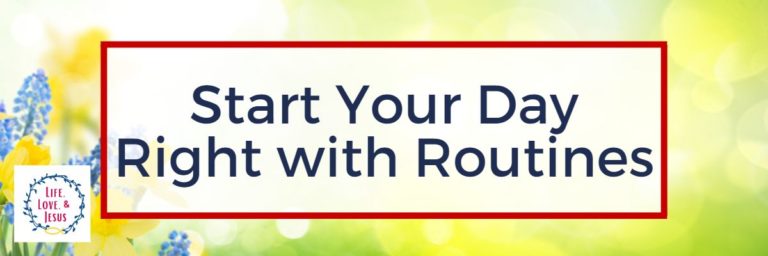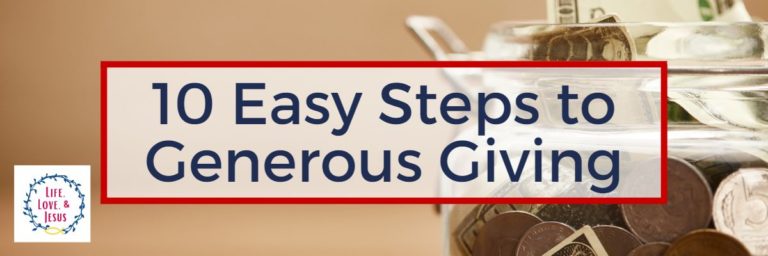Why I Use a Bullet Journal | The Benefits of the Bujo
This post contains affiliate links. If you click & make a purchase, I receive a commission! Thanks! Read my full disclosure policy. As an Amazon Associate, I earn from qualifying purchases.
I am slightly obsessed with office supplies: pretty pens, blank books, and planners of all types. Ask my husband! He doesn’t know why I must have so many pens when just one will do. So, when I learned about the bullet journal – or bujo for short – I had to check it out. Today I want to share why I use a bullet journal, what some of the benefits are, and how to get started even if you’re not sure it’s for you.
What is a Bullet Journal?
The beauty of the bullet journal is that all it takes is a notebook, a pen or pencil, and a simple plan. Starting with just these tools, a bujo can be customized to meet any and all of your planning, journaling, or creative needs. The original bullet journal was developed by Ryder Carroll, and the official bullet journal page that explains his system can be found on his website.

Who is the bullet journal good for?
- People who are slightly obsessed with office supplies
- People who are passionate about planners
- People juggling many tasks and multiple calendars
- People who like pen and paper to-do lists
- People who enjoy a low-key creative outlet
- People who would like to journal consistently, but can’t stick to the habit
- People who are into goal-setting, time-management, or habit-tracking
There are several parts to the bullet journal:
- The index – a table of contents that tells you what page June started on, where you listed your September appointments, how many days you walked 10,000 steps in March, and any other items you track. It is updated as you add details to your bujo.
- Rapid logging – writing items on your lists or calendar in as few words as possible – using bullet points (hence the name – get it?)
- The future log – a calendar spread for the entire year where you log events and reminders for months into the future.
- The monthly log – a calendar spread for one month where you log events and reminders for the current month. You create a new monthly log at the end of every month.
- The daily log – a combination to-do list, event reminder, and notes about things that happen each day that you don’t want to forget. Some people also use a weekly log or use a weekly log instead of a daily log.
- Collections & trackers – totally optional lists of things to remember such as taking your vitamins, books you read this year, movies you want to see, how many miles you run each day, or how much money you saved last month.
- A key – bullet points are used to indicate various items in your logs and calendars in the bujo. You can adopt the system Ryder Carroll created (below) or use your own symbols.
- bullet dot = task
- {<} less than symbol = scheduled task
- {>} greater than symbol = migrated (or moved to some future point) task
- x = completed task
- open circle = event
While those are the basics of the bullet journal, and it is simple and usable in the basic form, the fun – in my opinion – comes from adapting it to your needs. For example, I could just use a basic black pen for everything, but I like color, so I use color in my monthly and weekly logs as well as other pages. Some people are highly artistic and creative, but you don’t have to be. Some people use typical calendar spreads for their monthly logs, while Ryder Carroll’s original system just used a list. Whatever floats your boat to borrow a phrase!
Benefits of the Bullet Journal
It is highly adaptable to each individual’s needs. For example, the last planner I purchased had each day broken into time slots, as many planners do. But I don’t use time slots, I use task lists. So I used a separate notebook to record my to-do lists and didn’t use the time slots hardly I all. I tried, but it just wasn’t me. When I set that planner aside and went back to my bujo, it felt right for how I plan and schedule tasks.
It is easy to learn. Although it might seem difficult with all the fancy terms – rapid logging, future log, collections – it really isn’t. Grab a blank book, sit down, work through putting pen to paper, and you will quickly see that this is not a complicated system. It can be as basic, or as complicated, as you want it to be.
Everything is in one place. No more family calendar, work calendar, school calendar, and multiple to-do lists. Because you have unlimited pages for each day, week, month, you can include everything you need to remember and have it handy at all time.
It’s great for working towards short- and long-term goals. I include yearly goals at the beginning of my bujo, and then track throughout the year how I’m doing. Some people use a habit tracker to do this, but I just use my monthly and daily logs to annotate what I need to work on. It helps to keep me focused.
It can help you implement new habits and break old ones. Already mentioned above, a habit tracker is a visual reminder of the need to run three times a week, call your mom every Saturday, or journal every morning. You can also use a habit tracker to monitor your soda drinking, your sugar intake, the amount of sleep you get, or any other habit you’re trying to establish (or break). Yes, there are apps for these types of things, but the beauty of the bullet journal is that it is so adaptable, and everything is in one place.
How to Get Started with Bullet Journaling
First, let me put your mind at ease. If you’ve seen beautiful layouts of bullet journals (#bulletjournal, #bujo), don’t worry. You don’t need to be artistic to use a bujo. I’m not artistic. I use color in my bujo because it makes me happy, not because it’s necessary or creative.
Now, on to getting started. You need two things: a blank or semi-blank journal. Semi-blank: if you have one laying around in which you’ve written a few pages, but the rest is blank, use it. That’s how I started, and it takes the pressure off wanting to figure it all out perfectly before you jump in.
I suggest you start by watching the video about bullet journaling on bulletjournal.com. Then grab any blank book, a pen or pencil (pencil erases!) and jump in. Make an index, make a future log for the rest of the year, and a monthly log for June. Then start using it, making daily or weekly logs as fit best with your schedule.
And stick around. Because I will be sharing more about how I bujo in a future post.

